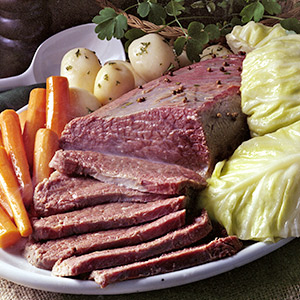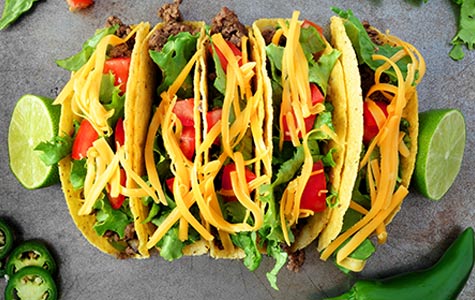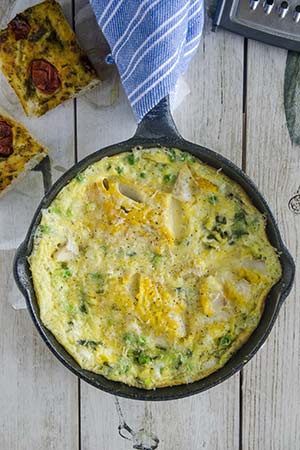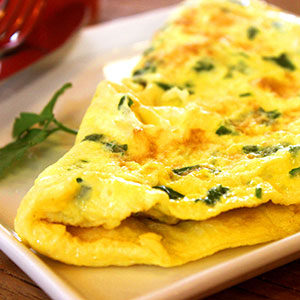To me, corned beef and cabbage defines St Patrick’s Day. All my life it has been a staple food for March 17. I love it, and its easy to make.
Corned Beef is not the healthiest meat choice. It has lot of fat, sodium and cholesterol. Just keep this in consideration if on a restricted diet for those things.
Years ago, I had a boyfriend who actually brined the corned beef himself. The process of brining is really not very appetizing and takes about 10 days. o easy to just buy it all brined.
Buying the Corned Beef
Even living alone, I make it for myself in March and other times of the year. It’s usually on sale prior to the holiday. I buy two or three cuts and freeze them.
There are several brands and you will find some are just better (and usually more expensive), but even the more economical ones a good.
Corned beef is a beef brisket that has been brined (allowed to sit in a bath for many days). A whole brisket has two parts, the more expensive “flat” cut and the fattier, more economical “point” cut.
Cooking Corned Beef and Cabbage
How easy is it to cook?
Take the (thawed if it had been frozen) piece of corned beef out of its wrapper (after noting how many pound it is) and place in a large dutch oven or pan
Cover with cold water. Add the contents of its seasoning packet if there is one.
Bring to a boil and reduce heat
Simmer (not boil!) for an hour per pound. Check from time to time to be sure its still simmering and has enough water to cover. Add more water if it needs it. Skim off any scum that may form on the top of the pan with a large (preferably slotted) spoon.
[Remember, simmering is like smiling, while boiling is laughing. It should just have small bubbles rising.]
Prepping Vegies
A half hour before the end of the cooking time, prepare any vegies you will add. Traditionally these include:
- A head of cabbage – (size depends on how much you like cabbage,
what ratio of meat to cabbage you are using and whether or not you are also
doing carrots and/or potatoes.
Rinse the cabbage and cut out into 4 or 8 pieces. If it has a dense core, you may (or not) want to cut that out. - Small red potatoes – (These were always included until I cut back on carbs.). There are 2 ways to prepare these. Rinse well and either peel them entirely or peel a band around the center only (this keeps the peel from splitting which tastes fine but isn’t so pretty. I like the peel on the potatoes. It gives nice color and I like the flavor (plus I am lazy), but this is a personal preference.
- Carrots can be regular carrots rinsed, peeled, tops trimmed off and cut into 1-3 inch chunks, or they can be baby carrots just rinsed.
After the beef has cooked long enough, remove the beef to a serving dish. Skim the water in the pan if necessary and add all the vegies to the pan with the water in it. Cook until done, about one half hour until they are as tender as you desire.
Note, you can add them with the meat still in the pan for the last ½ hour of cooking if you have enough room, but be careful that the hot water doesn’t flow over the sides of the pan.
Cooking Vegies Separately
Some people prefer their vegies cooked separate from the meat but they wont have as much of the briny flavor- or absorb fat and salt from it).
- You can cook them in a separate pan with lots of water (or low sodium beef broth) on the stove until tender.
- Another option is to nuke the vegies in a covered microwave safe dish with 2-4 Tablespoons of water until done.
That’s it. I often have a Killian’s Irish Red (my favorite beer) with my St Patrick’s Corned Beef and Cabbage to make it all complete!
Do you have any favorite St Patrick’s traditions or foods?






